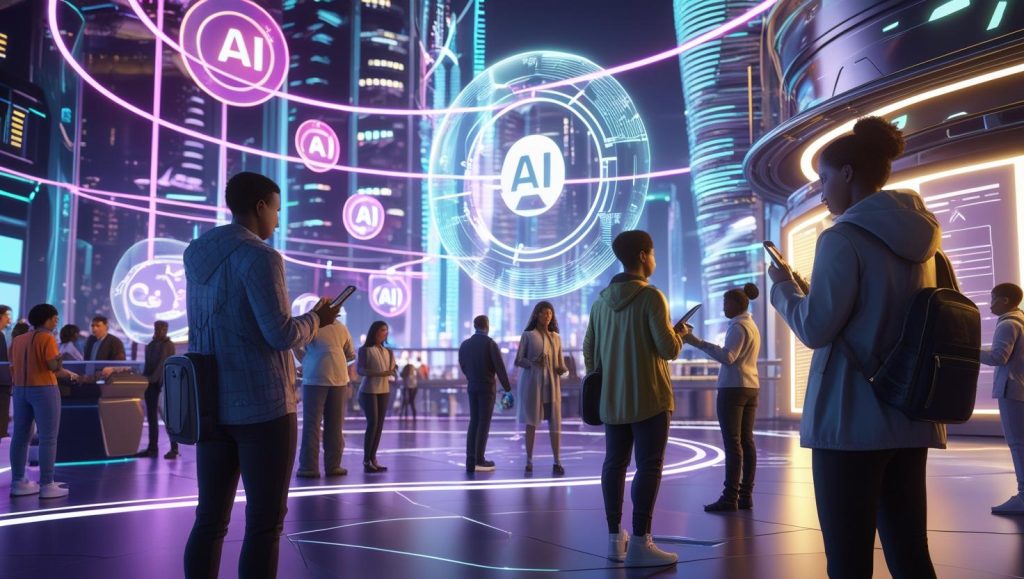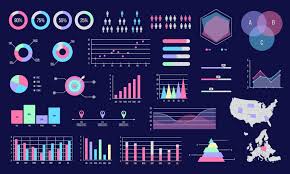
AI and the 2025 Elections: How Generative Models Are Shaping Political Campaigns
1. Introduction
What if your next vote is influenced—not by a politician—but by an AI model?
As we head into the 2025 elections, one thing is clear: AI isn’t just observing the race—it’s actively shaping it. From that perfectly crafted email in your inbox to the oddly specific ad in your feed, generative AI might be the silent strategist pulling the strings.
AI in elections is no longer futuristic. It’s happening now. With tools like ChatGPT writing speeches, deepfake videos swaying opinions, and AI-powered chatbots engaging voters around the clock, campaigns are becoming smarter—and more targeted—than ever before.
Let’s explore how AI is transforming political campaigns, what risks it brings, and what you, as a voter, need to know to stay ahead of the game.
2. What Are Generative AI Models?
Generative AI refers to technology that creates content—text, images, videos, even music—based on training data. Some of the most talked-about tools include:
- ChatGPT: Drafts speeches, policy explanations, and even tweets.
- DALL·E: Generates visual content, from campaign posters to social media memes.
- Sora: Creates hyper-realistic videos, including campaign ads.
These models can analyze vast data sets and churn out content tailored to specific audiences—instantly. In political campaigns, this means faster messaging, broader reach, and hyper-personalized communication at scale.
3. AI in the 2025 Elections: How It’s Changing the Game
In 2025, political campaigns are deploying AI in powerful ways:
- Content Creation: From slogans to entire speeches, AI helps write, translate, and tweak messages for different voter groups.
- Audience Segmentation: AI analyzes demographics, behavior, and sentiment to target voters with personalized messages.
- 24/7 AI Chatbots: These bots answer policy questions, guide users to polling booths, and even simulate conversations with candidates.
- Ad Customization: AI tools generate hundreds of ad versions, each tailored to resonate with specific communities—from students to seniors.
📌 Example: In countries like the U.S. and India, AI is already being used to analyze voter moods and test ad performance before launch.
4. Real-World Applications: Where AI Meets the Campaign Trail
4.1 Deepfake Videos and AI-Generated Ads
AI tools like Sora can create lifelike videos of politicians saying things they never actually said. These videos, while potentially powerful tools, can also be dangerous.
⚠️ Risk: Deepfakes may mislead voters, damage reputations, or spread false information before they can be verified.
4.2 AI Chatbots and Voter Support
AI-powered bots are embedded into campaign websites and messaging apps like WhatsApp and Telegram. They:
- Respond to policy questions
- Share campaign schedules
- Direct users to nearby voting centers
✅ Impact: They boost engagement and improve accessibility, especially for tech-savvy and young voters.
4.3 Microtargeting and Sentiment Analysis
Campaigns now use real-time social listening tools to:
- Monitor public sentiment
- Track viral issues (like inflation or student loans)
- Craft dynamic content on the fly
🎯 Outcome: Messages that feel personal, relevant, and timely.
5. Ethical Concerns and Misinformation Risks
With power comes responsibility—and risk. Here’s what’s at stake:
- Deepfakes & Disinformation: Fake videos and AI-generated articles can be used to mislead voters.
- Emotionally Manipulative Content: AI knows what moves people—and can use it to sway opinions in subtle (or not-so-subtle) ways.
- Lack of Transparency: Most voters don’t know when they’re interacting with AI-generated content.
Explore the ethics of AI in communication
These risks highlight the urgent need for digital literacy, media transparency, and stricter guidelines.
6. Legal and Regulatory Gaps
While AI evolves rapidly, laws are still playing catch-up.
- India: The Election Commission has offered general advisories, but there’s no binding law on AI use yet.
- United States: The FEC is debating rules on labeling AI-generated campaign content.
- European Union: The new AI Act includes transparency requirements for synthetic media and political ads.
📌 What Tech Companies Are Doing: Platforms like Meta and X (formerly Twitter) have begun testing labels for AI content—but enforcement remains inconsistent.
As we move closer to Election Day, regulation and accountability are more critical than ever.
7. What Voters Need to Know in 2025
You don’t need a computer science degree to outsmart AI campaign tactics. Here’s how to stay informed:
- Check for AI Labels: Look for disclaimers indicating whether content is AI-generated.
- Use Fact-Checkers: Tools like InVID and Google Fact Check Explorer can help verify images, videos, and articles.
- Stay Curious: Ask, “Who made this?” and “Why am I seeing this now?” when you come across political content.
🔗 Discover our AI Awareness & Media Literacy Workshops designed to help you navigate the noise.
8. Final Thoughts: Can Democracy and AI Coexist?
AI in elections isn’t a sci-fi scenario anymore—it’s our current reality. It can empower campaigns to reach more people, faster. But without transparency and accountability, it could also harm the democratic process.
As voters, we have a crucial role to play:
✅ Stay informed
✅ Think critically
✅ Demand ethical tech use
🗳️ In the age of AI, your vote still holds power—don’t let algorithms decide for you.
Stay connected with us on HERE AND NOW AI & on:

